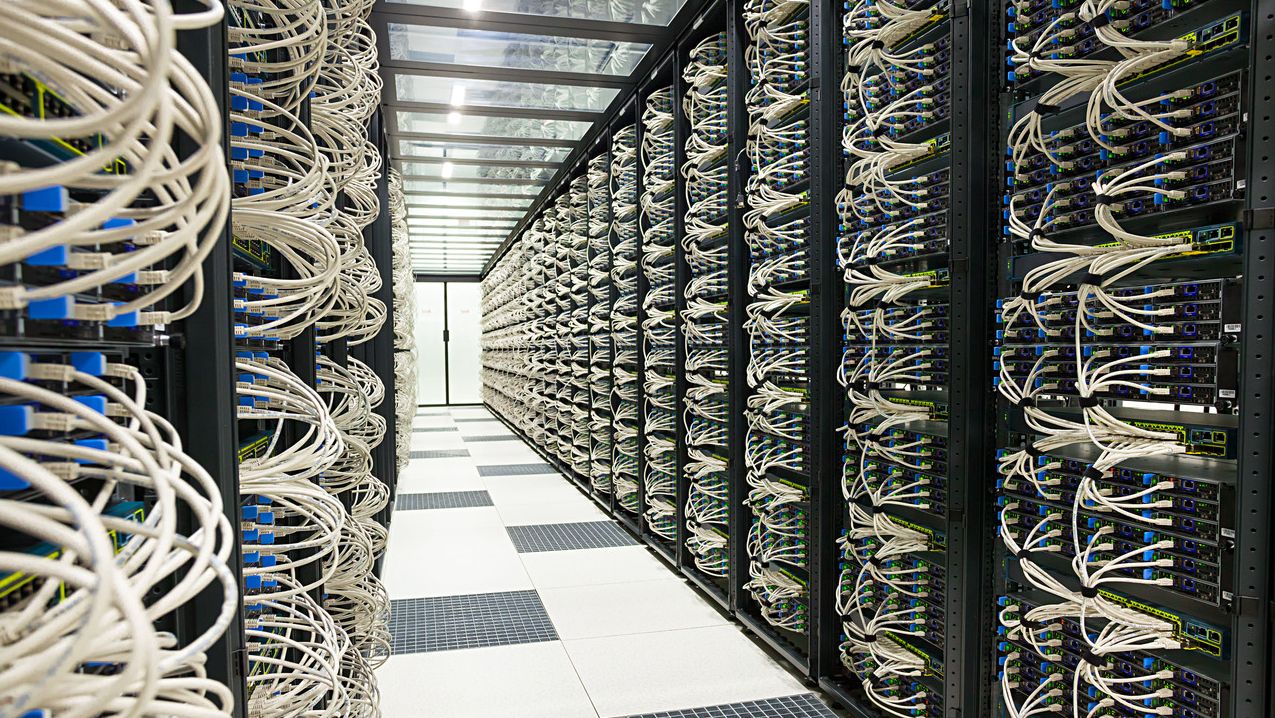cloud migration checklist for legacy systems
Cloud Migration Checklist for Legacy Systems: Expert Insights & 2025 Strategies
Gain authoritative guidance on migrating legacy systems to the cloud, with hands-on best practices, market data, and proven frameworks for risk mitigation and modernization.
Market Overview
The global push to modernize legacy systems has accelerated, with over 70% of enterprises planning significant cloud migrations by 2025. According to CloudZero’s 2025 survey, organizations that proactively modernize legacy workloads report an average 18% reduction in cloud spend and a 30% productivity boost post-migration. Regulatory drivers, such as the UK FCA and Australian CPS 230, are also shaping cloud adoption strategies, especially for industries with strict data sovereignty and latency requirements. The market now favors phased, risk-mitigated migrations, leveraging automation and observability to minimize downtime and defects.[5]
Technical Analysis
Successful cloud migration for legacy systems requires a structured, multi-phase approach. The latest 10-step checklists emphasize:
- Workload Assessment: Audit and categorize legacy workloads by complexity, dependencies, and business criticality. Develop detailed dependency maps to avoid migration surprises.[4]
- Platform Evaluation: Compare cloud providers (AWS, Azure, GCP) for compatibility, cost, and compliance. Evaluate migration tools for online replication, minimizing downtime for databases and transactional systems.[5]
- Security & Compliance: Encrypt data in transit and at rest, implement access controls, and automate compliance evidence collection using policy-as-code frameworks (e.g., OPA, AWS Config).[5]
- Pilot Migrations: Run controlled pilots with self-contained workloads to validate migration processes and cut-over strategies. AWS reports that pilot-first approaches reduce average migration defects by 63%.
- Performance Optimization: Post-migration, tune autoscaling and database replicas to meet SLAs without over-provisioning. Benchmark performance and optimize resources for cost and efficiency.[5]
Key performance indicators (KPIs) should be defined upfront, including migration success rates, downtime, data integrity, and post-migration performance benchmarks.[4]
Competitive Landscape
Legacy system migration strategies vary widely. Traditional "lift-and-shift" approaches offer speed but often miss out on cloud-native benefits. In contrast, phased modernization—combining re-platforming, containerization, and serverless adoption—delivers long-term gains in agility and cost efficiency. Case studies from North America and Australia show a 30% productivity lift after full serverless adoption.[5] Leading cloud providers now offer specialized migration services, automated assessment tools, and compliance frameworks, making it easier to address the unique challenges of legacy environments. However, organizations must balance the speed of migration with the need for robust validation, security, and ongoing optimization.[4]
Implementation Insights
Real-world migrations reveal several best practices:
- Start with a Clear Strategy: Define business drivers, migration objectives, and measurable KPIs. Align stakeholders early to avoid scope creep.[4]
- Pilot Critical Workloads: Begin with applications that offer quick wins and minimal risk. Use blue-green deployments and CI/CD pipelines to reduce human error and enable rapid rollbacks.[5]
- Automate and Monitor: Leverage AIOps and observability tools for real-time monitoring, anomaly detection, and performance tuning throughout the migration lifecycle.
- Address Data Sovereignty: Deploy workloads across multiple regions to meet regulatory requirements and minimize latency for global users.[5]
- Iterative Modernization: After initial migration, incrementally refactor workloads to containers or serverless functions, deepening cloud-native benefits and future-proofing the environment.
Common challenges include legacy application dependencies, data format incompatibilities, and compliance gaps. Early identification and mitigation of these issues are critical for a successful migration.[1][4]
Expert Recommendations
For organizations planning cloud migration of legacy systems in 2025, experts recommend:
- Conduct a comprehensive infrastructure assessment and dependency mapping before migration.[3][4]
- Define clear migration objectives, KPIs, and success criteria aligned with business goals.
- Leverage pilot migrations and automation to minimize risk and accelerate learning.
- Prioritize security, compliance, and data integrity at every stage.
- Adopt a continuous optimization mindset—use FinOps practices to monitor and rightsize resources post-migration.
- Invest in upskilling teams on cloud-native tools and compliance frameworks.
Looking ahead, the future of legacy system migration will be shaped by AI-driven automation, policy-as-code compliance, and deeper integration with cloud-native architectures. Organizations that embrace iterative modernization and robust governance will be best positioned to realize the full value of cloud transformation.[5]
Recent Articles
Sort Options:

Article: Zero-Downtime Critical Cloud Infrastructure Upgrades at Scale
Engineers can enhance large-scale infrastructure upgrades by learning from industry leaders like eBay and Snowflake. The article highlights key strategies for managing legacy systems, performance validation, and rollback planning, emphasizing the importance of preparation and communication for successful zero-downtime upgrades.

Migrating Legacy VB6 Applications to Modern Platforms
Many enterprises still rely on outdated Visual Basic 6.0 systems, facing security risks and compliance issues. The article discusses strategies for modernizing these legacy systems through migration to platforms like .NET or Java, emphasizing best practices and tools for successful transformation.

Out with the old code: ways to future-proof your apps
App modernization is essential for businesses to enhance customer experience and stay competitive. By adopting cloud-native architectures and in-memory caching, organizations can improve performance, reduce costs, and foster innovation, ensuring they meet evolving user expectations effectively.

What Matters Most for NoSQL Migrations
Migrating NoSQL databases can optimize performance and reduce costs, but requires careful planning. The New Stack outlines essential steps, including schema migration, data validation, and selective data transfer, to ensure a smooth transition with minimal disruption.

Avoid Downtime: Smart Strategies to Upgrade Legacy Applications Without Breaking Systems
Legacy applications, often seen as liabilities, pose challenges like high maintenance costs and security risks. However, with the right modernization strategies, they can transform into valuable assets, enhancing business growth and minimizing downtime.

Migrating SQL Failover Clusters Without Downtime: A Practical Guide
Migrating an aging SQL Server failover cluster to modern hardware and Windows Server 2022 can be daunting. The authors share their successful strategy for a seamless transition, ensuring uninterrupted service for critical applications and avoiding costly downtime.

Modernizing data center infrastructure: how businesses thrive beyond legacy data centers
Legacy data centers are struggling to meet modern demands, prompting organizations, especially in banking, to migrate to cloud-native platforms. This shift enhances agility, cost-efficiency, and security, making cloud adoption a critical strategy for future competitiveness and customer trust.

5 huge stumbling blocks to legacy mainframe EOL
Mainframe modernization is essential for adapting to technological advancements and workforce changes. The article emphasizes strategic planning, data migration techniques, and fostering a culture of change to ensure successful transitions while maintaining operational integrity and business value.